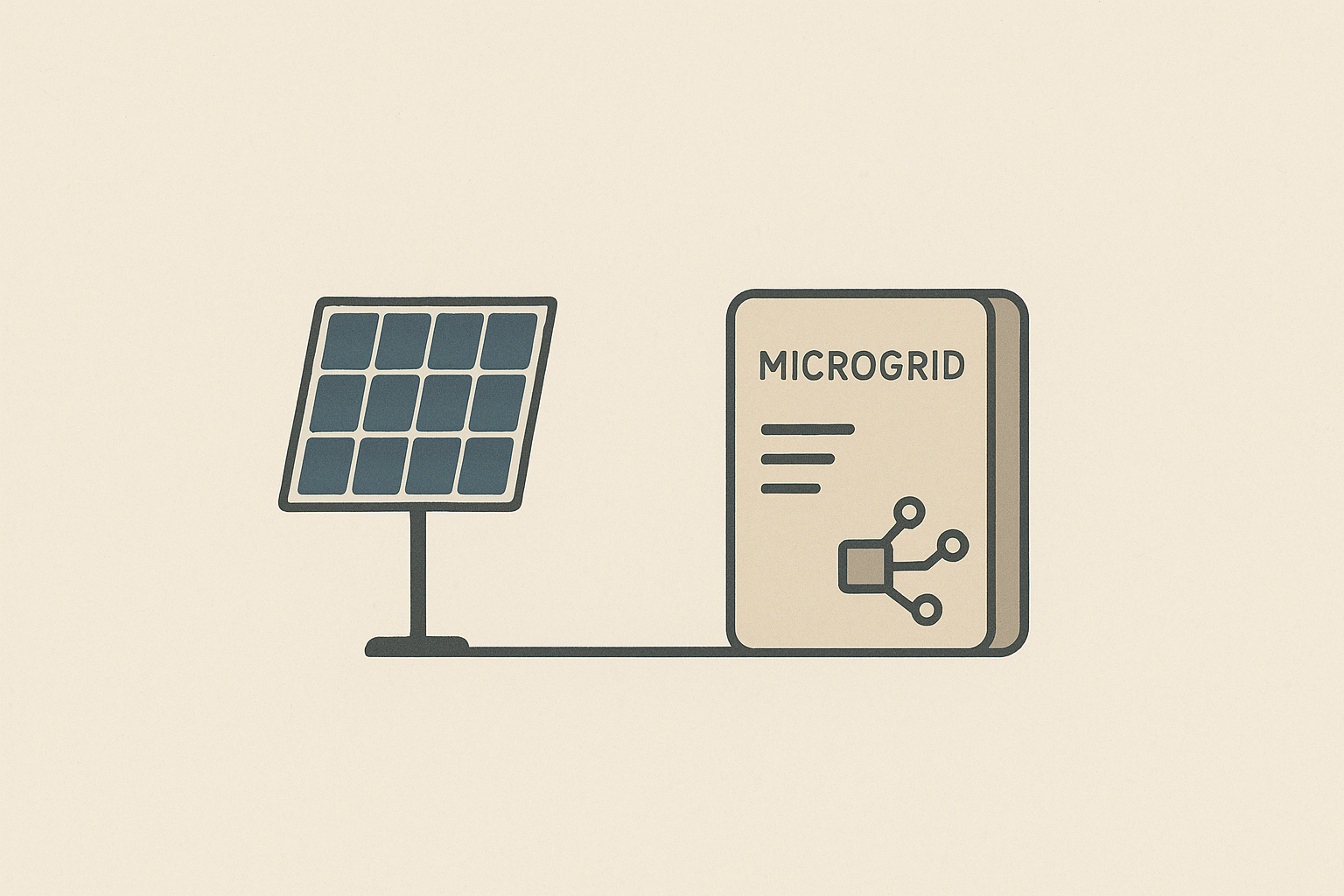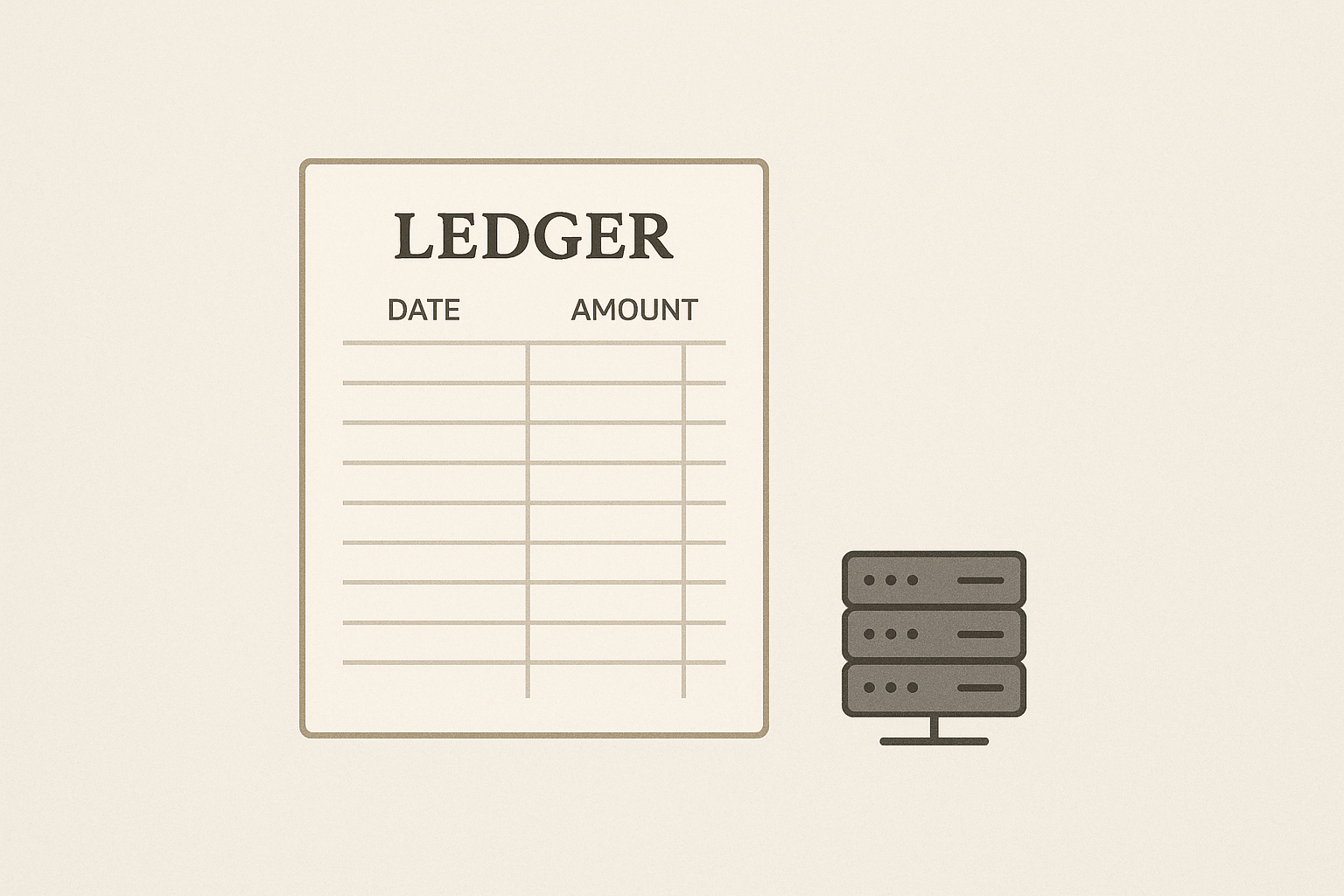Building Resilient, Self-Healing Software Systems: Evergreen Frameworks for Modern Automation
Master principles and actionable frameworks for building software that detects and recovers autonomously, ensuring perpetual system reliability.

Understanding the Evergreen Challenge of Software Resilience
In an era where software powers critical infrastructure, business processes, and digital services, ensuring continuous uptime and fault tolerance is paramount. Traditional monitoring and manual intervention introduce delay and risk. Hence, a resilient, self-healing architecture that autonomously identifies faults and recovers without human involvement represents a foundational advancement.
Framework 1: Autonomic Systems Layered Architecture
This approach organises software into layered components that perform self-management activities: self-configuration, self-optimisation, self-healing, and self-protection. Implementing this requires building an autonomic control loop (Monitor, Analyse, Plan, Execute - MAPE) integrated into software components.
<pre><code>// Simplified MAPE loop pseudocode in modern JavaScript<br>async function monitor(system) {<br> return system.getHealthMetrics();<br>}<br>async function analyse(metrics) {<br> if (metrics.errorRate > 0.05) return 'degraded';<br> return 'healthy';<br>}<br>async function plan(state) {<br> if (state === 'degraded') return { action: 'restartService' };<br> return null;<br>}<br>async function execute(plan, system) {<br> if (plan?.action === 'restartService') await system.restart();<br>}<br>async function selfHealLoop(system) {<br> const metrics = await monitor(system);<br> const state = await analyse(metrics);<br> const plan = await plan(state);<br> await execute(plan, system);<br>}<br>setInterval(() => selfHealLoop(mySystem), 60000);</code></pre>
Implementing this loop tightly with observability data and automated execution reduces downtime and manual error.
Key Implementation Steps
- Instrument software with rich telemetry and anomaly detection.
- Define clear recovery plans tailored to component failure modes.
- Automate remediation actions via APIs, infrastructure as code, or container orchestration.
Framework 2: Chaos Engineering for Continuous Reliability
Inspired by resilient biological systems, chaos engineering proactively injects faults in controlled environments to test and strengthen recovery mechanisms. This evergreen practice prevents fragility by regularly challenging assumptions and hardening code paths.
- Step 1: Define steady state metrics that indicate normal system behaviour.
- Step 2: Introduce fault injection tools to simulate failures (e.g., network latency, service crashes).
- Step 3: Automate runbooks that verify system recovery and rollback mechanisms.
- Step 4: Integrate chaos experiments into CI/CD pipelines for continuous verification.
Pro Tip: Use open-source tools like Chaos Mesh or Gremlin, and integrate results into your monitoring dashboards for actionable insights.
Comparing the Frameworks
While the autonomic systems architecture focuses on embedding self-management logic within software components, chaos engineering emphasises external validation of system robustness through simulated stress. Combining these yields a holistic resilience strategy with embedded recovery and continuous validation.
Did You Know? The concept of autonomic computing, foundational to self-healing systems, was first proposed by IBM in 2001 to mimic the human body's autonomic nervous system.
Q&A:
Q: How do self-healing systems impact DevOps workflows?
A: They enable faster incident resolution, reduce manual intervention, and empower DevOps teams to focus on innovation rather than firefighting.Warning: Over-automation without adequate safeguards can mask underlying bugs or cause cascading failures. Always pair automated healing with comprehensive testing and manual oversight.
Integrating Resilience into Your Software Development Lifecycle
- Implement observability first: Collect metrics, logs, and traces.
- Automate remediation as part of CI pipelines.
- Schedule regular chaos experiments to identify brittleness.
- Document and update recovery procedures continuously.
Linking to Related Work
Embedding energy efficiency within self-healing workflows can further sustainability goals. For related insights, see our previous briefing on Building Sustainable AI Workflows: Frameworks for Energy-Efficient Machine Learning.
Evening Actionables
- Develop a self-healing MAPE loop prototype on a critical microservice.
- Set up baseline chaos experiments targeting database failover scenarios.
- Design dashboards highlighting automated recovery success rates.





Comments ()